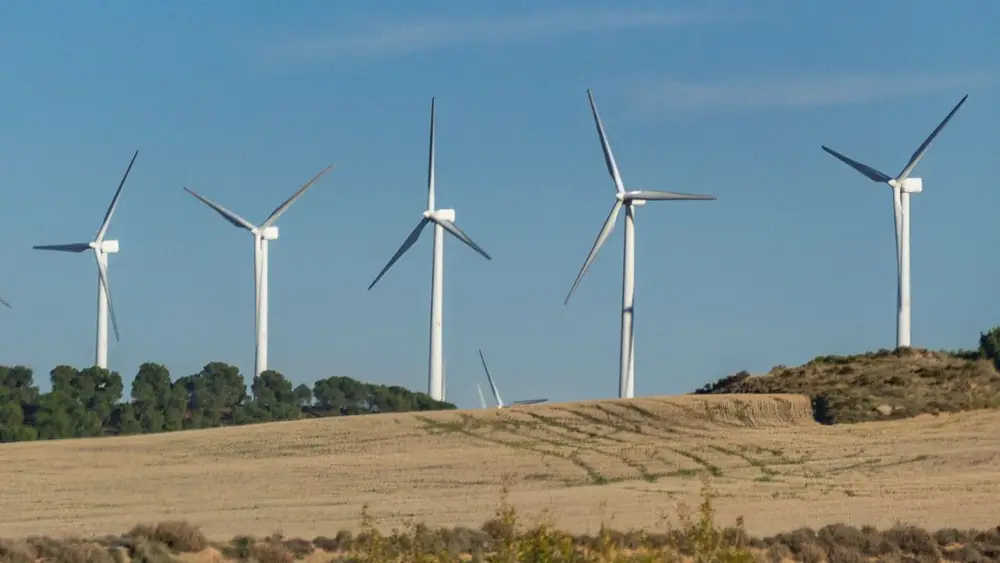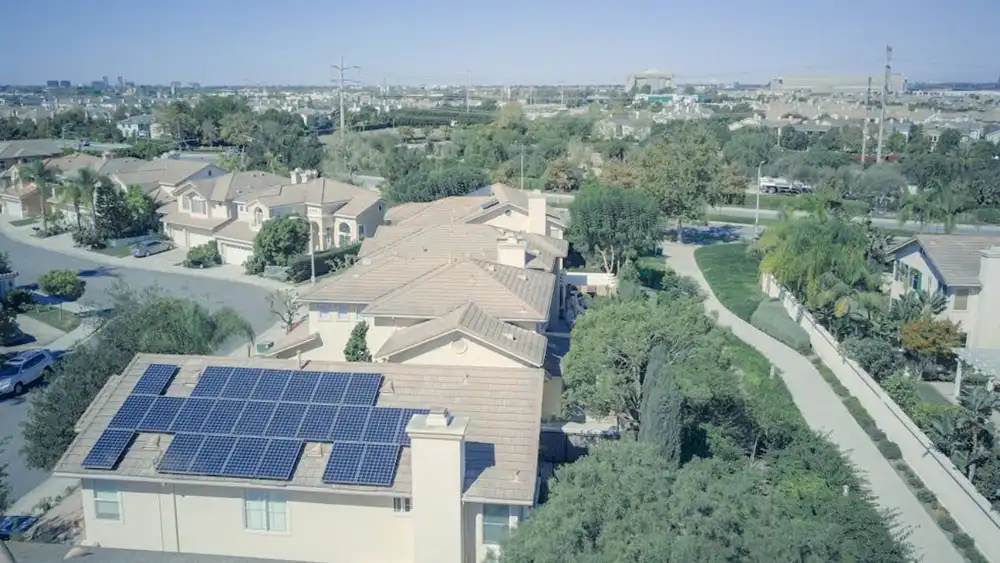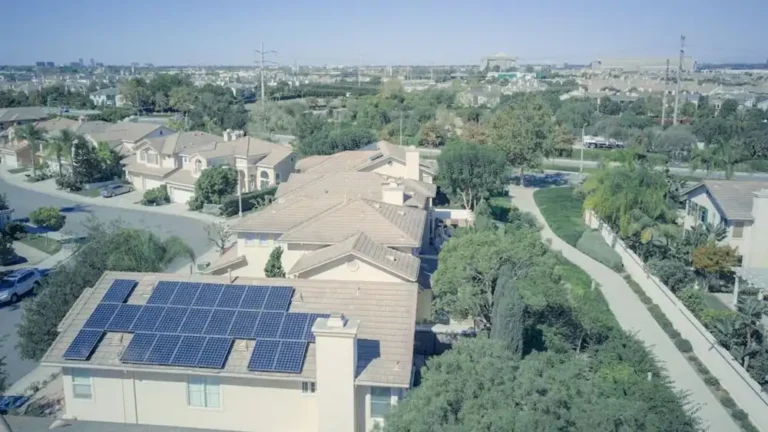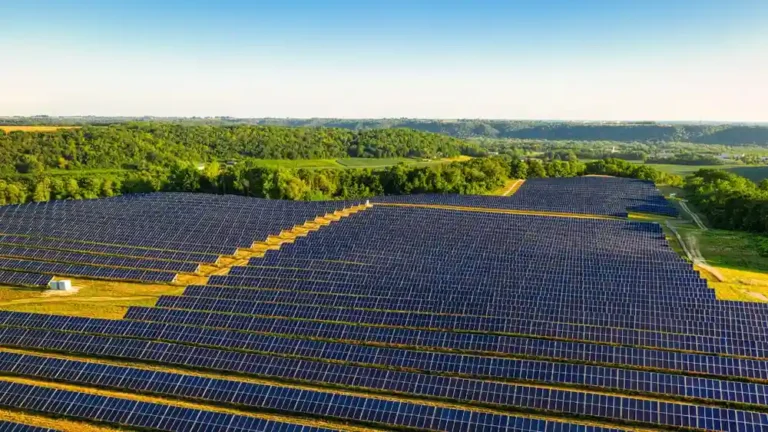
Wind energy is changing the game for rural America, especially for farmers and ranchers. There, quietly turning wind into clean, renewable power, across vast farmlands are sprouting wind turbines in every direction. However, wind energy does more than merely add to the energy grid-it is helping farmers earn additional income, create jobs, and encourage sustainable farming practices. Let’s explore the impact of wind energy on rural farming communities and why it is crucial for the future.
Also read: Latest News on Onshore & Offshore Wind Energy
The Economic Benefits: A Lifeline for Farmers
Mean annual farm and ranch lessee income varies depending upon the specific conditions but typically ranges between $3,000 and $7,000 per turbine. That is significant, especially where crop pricing is variable or vulnerable to impacts from dry spells. Farmers appreciate this because very little land is occupied by turbines, meaning most of it is free to use in agricultural production.
According to a 2023 report of the U.S. Department of Energy, wind power projects add around $1.9 billion in a year in terms of lease income for land, tax payments, and employment. With Iowa, Texas, and Oklahoma being windfarm-dependent places, this additional income allows farmers to purchase equipment and maintain better technology that can also support family-owned farms, which otherwise would be commercially non-viable.
Here is a real-world example: The extra income for an Iowa farmer owning three turbines on his farm could be as high as $20,000 per year. That means the bonus income could then be utilized to purchase new high-tech farm machinery, loan repayment, or start new businesses.
Producing Employment and Increasing Local Economies
The industry also can provide jobs to local people in the middle of nowhere that is rural counties. According to the American Wind Energy Association, as of 2023, the industry supported over 120,000 jobs in the United States. Most of those jobs are in rural counties. And not all of them are construction jobs that will last only until the build-out. Maintenance jobs are long-lived, and often become careers for technicians and engineers and everyone behind them who supports the logistics.
On the other hand, wind energy benefits local businesses. Employees require rooms in which to stay, food and materials, so this will help small town hotels, restaurants and construction firms. This can make all the difference to rural communities that have struggled to keep their economies alive.
Example: In Texas, counties that host large wind farms have revived local economies in places. There is a ripple from construction that brings workers to the area, and in maintenance of turbines, job opportunities exist for residents that might otherwise migrate for work to bigger cities.
Also read: Latest News on Solar Power, Sunlight Power Energy
Sustainable Agriculture: Wind and Farming Coexisting
Wind turbines and farming go very well hand in hand. Turbines will utilize only less than 1% of farmland; thus, crops and livestock can thrive with the renewable energy structure. Where farmers have found wind leases as a mutually beneficial relationship; as they can still hold on to their agricultural practices while generating an extra income through wind leases.
Apart from providing immediate monetary benefits, wind power serves to enhance the sustainability of rural areas. It reduces dependence on fossil fuel and hence there will be less emission of smoke, clean air, and healthier farming.
It prevents millions of tons of carbon dioxide annually from being released into the atmosphere, and this is contributing to the war against climate change that disproportionately hurts agriculture, which suffers from the lack of predictable weather conditions.
In addition, the installation of wind farms motivates farmers to seek alternative forms of sustainable agriculture, including saving water, lowering pesticide levels, and precision agriculture. The fusion of renewable energies and sustainable agriculture is transforming rural America into a haven for sustainability.
Tax Revenues and Community Improvements
Beyond the farm gain, wind farms bring money into the treasury. For rural counties, wind projects pour millions of dollars in tax revenue into local economies where for generations, schools, infrastructure, emergency services, and public facilities have often been built to service rather than attract and retain people.
As an example, the money windfalls that emerged when large-scale wind farms were built across Nolan County, Texas, paid to renovate schools, paved local roads, and even enhanced emergency services. In small towns, these are life-changers, providing more abundant resources and a higher quality of life.
Rural Policy and Wind Energy Expansion
Federal programmes like the Rural Energy for America Programme (REAP) have greatly surmised the role of contributing to the diffusion of wind energy in the rural areas. The U.S. Department of Agriculture (USDA), through the Rural Energy for America Programme, provides grant and loans help to the farmers and rural businesses to use renewable energy systems such as wind and solar. Grants reduce the face cost, making it easier for the farm to take up wind energy.
In addition, efforts of the U.S. Department of Energy toward distributed wind energy include reducing small wind systems to power farms, businesses, and houses. Such efforts on decentralizing energy production will allow rural areas to become more energy independent and reduce energy costs.
Challenges and Considerations
Although many benefits are associated with wind energy, there are some problems for rural communities. Some farmers believe that turbines would mar the landscape, and others fear the potential impact on wildlife. Building transmission lines connecting rural wind farms to the national grid is also very expensive and often opposed by local people.
Although some fears and concerns were raised about such projects, most of the rural communities have embraced wind energy as an essential part of their economic future. The added income and jobs come as more advantages over any disadvantage brought on by these wind projects.
Conclusion
Wind energy is an economic lifeline for rural farm communities across the United States: it is clean energy, too. This source of power generates supplemental income for farmers and ranchers, stimulates jobs, and adds money to local economies. As federal policies and incentives stabilize growth for wind power, such communities will have an even brighter future-being sustainable and prosperous.
As rural areas become an integral part of America’s renewable energy revolution, the benefits will continue to flow—from cleaner air to stronger local economies. Farmers and ranchers will be at the heart of the transformation—harnessing the power of wind to build a brighter future for themselves and their communities.






